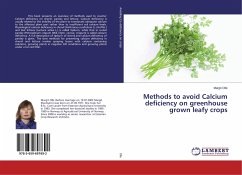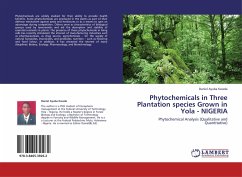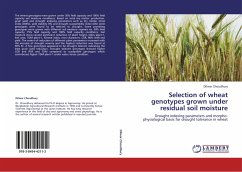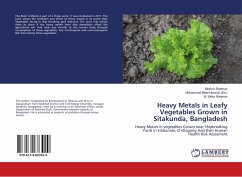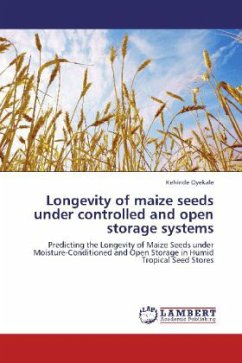
Comparsion Of Greenhouse And Open Field Grown Tomato Varities
Versandfertig in 6-10 Tagen
26,99 €
inkl. MwSt.

PAYBACK Punkte
13 °P sammeln!
Tomato crop plays a vital role in both fresh and in processed food industries. Tomato is one of the most widely eaten vegetable in the world. Its popularity stems from the fact that it can be eaten fresh or in a multiple of processed forms. Tomato is one of the vegetables with the highest production both in the world.Growing crops in a greenhouse has many advantages. Huge quantities can be produced on a small piece of land. Plants can be harvested continuously because the irrigation and temperature can be controlled and enables farmers to supply off season markets when fresh food prices are at...
Tomato crop plays a vital role in both fresh and in processed food industries. Tomato is one of the most widely eaten vegetable in the world. Its popularity stems from the fact that it can be eaten fresh or in a multiple of processed forms. Tomato is one of the vegetables with the highest production both in the world.Growing crops in a greenhouse has many advantages. Huge quantities can be produced on a small piece of land. Plants can be harvested continuously because the irrigation and temperature can be controlled and enables farmers to supply off season markets when fresh food prices are at a premium. Greenhouse produced tomatoes also mature in two months as opposed to three months for tomatoes grown outdoors. They also have a longer shelf life. Apart from saving on crop protection chemicals, which constitutes a considerable part of the production cost, greenhouse production involves less labor, while at the same time exposure to chemical toxins, associated with the application is minimized or eliminated altogether.



